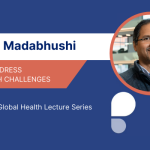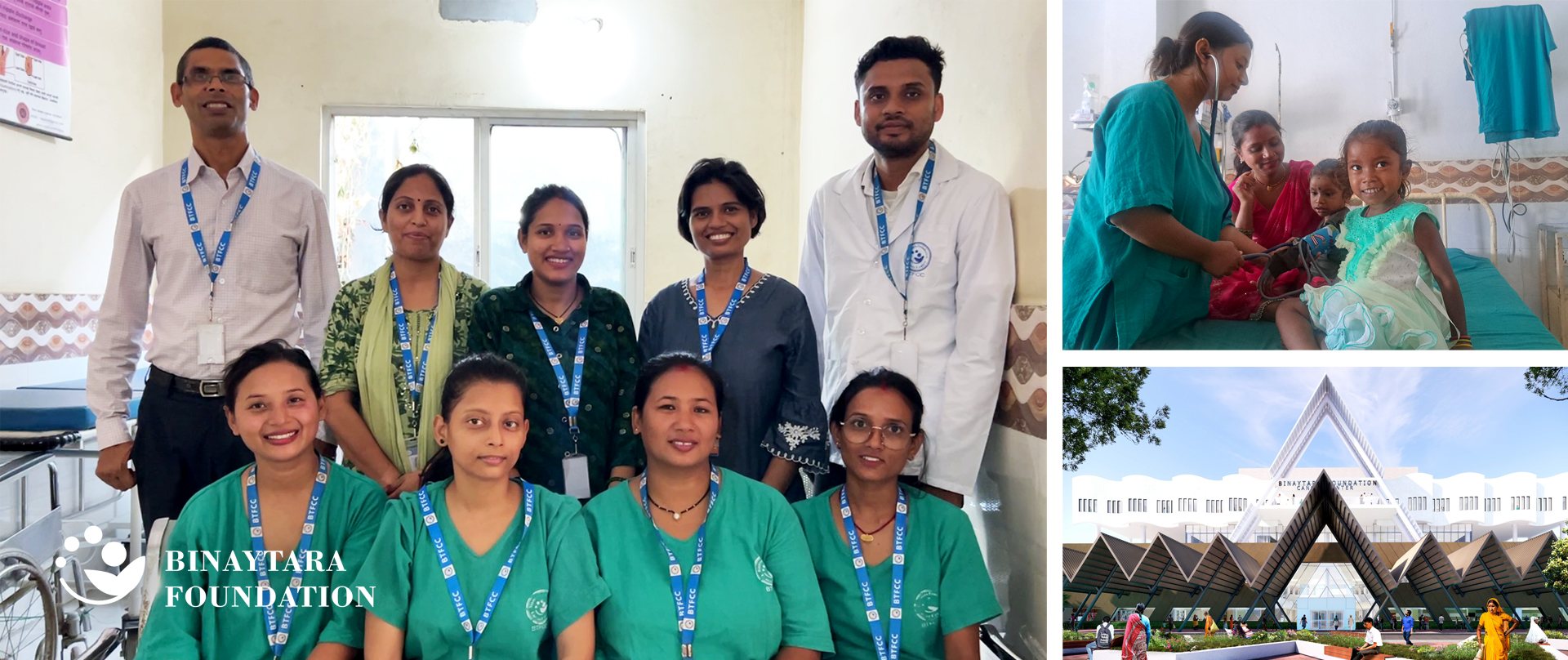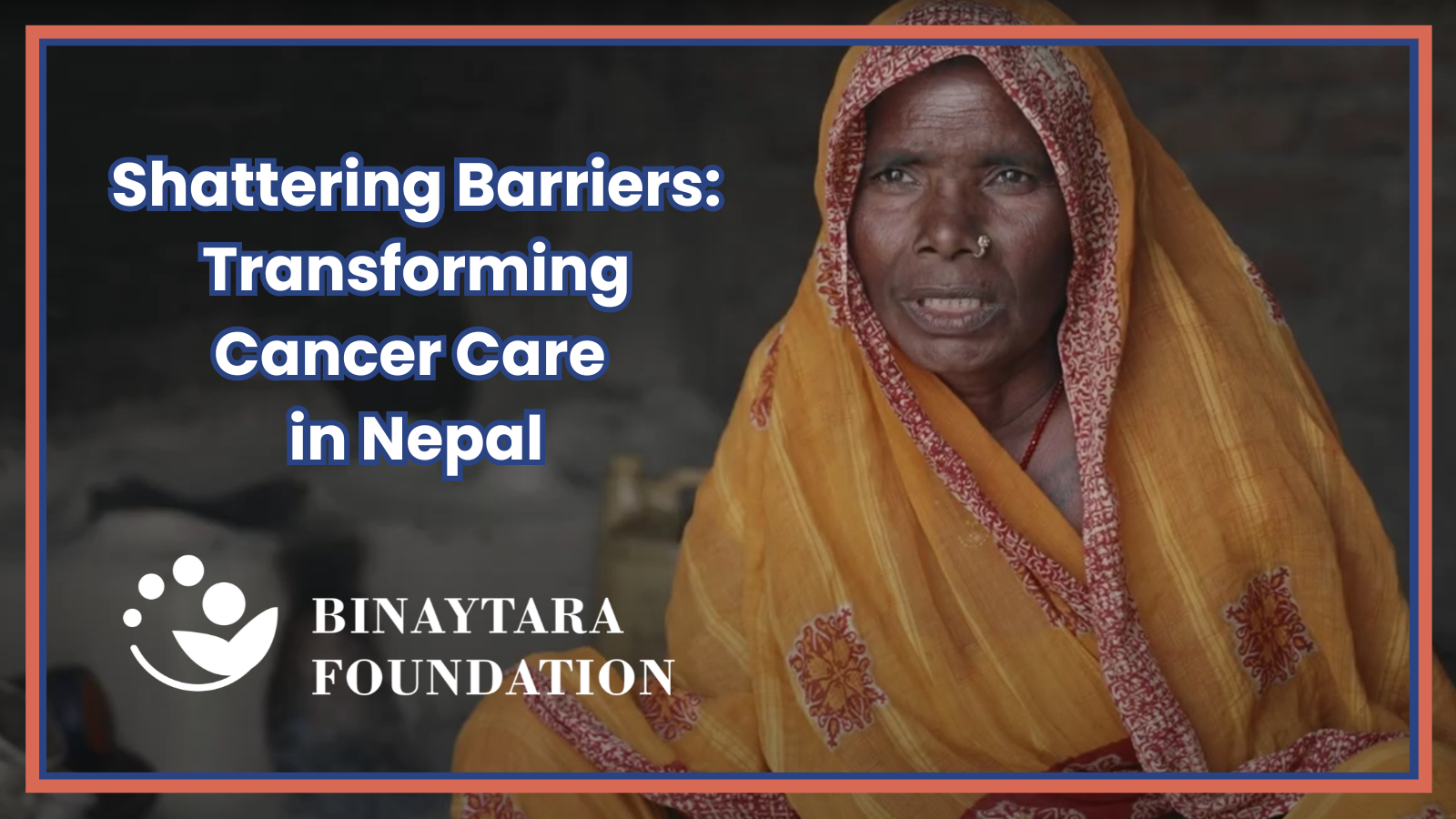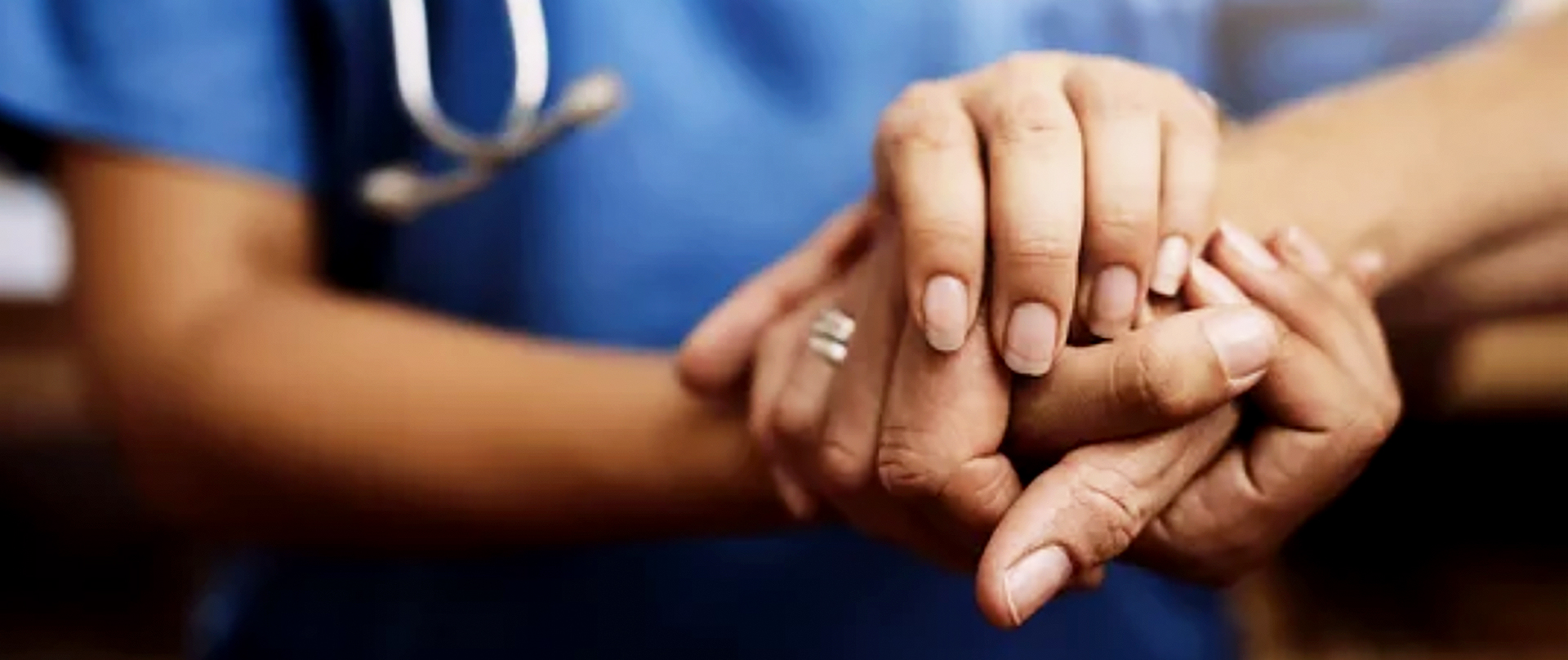By Geneva Bengtson
October 2, 2024
Today is World Ostomy Day, which is dedicated to raising awareness about ostomies, promoting access to quality care, and challenging the stigmas and misconceptions that often surround ostomy surgery.[1]
An ostomy is a medical procedure that creates an opening, called a stoma, in the body to allow waste to bypass damaged or diseased parts of the intestines or bladder. The stoma is typically created in the abdominal wall and connected to either the colon, small intestine, or urinary tract. Waste can then leave through the opening and be collected in a bag, called an ostomy bag, that is worn outside of the body. Ostomies are often required for cancer patients who undergo treatments that impair their digestive or urinary systems. A significant portion of ostomy surgeries are related to colorectal and bladder cancers.[9]
Colorectal cancer is the third-most common form of cancer worldwide, with the second highest mortality rate. Every year, there are approximately 1.5 million new cases of colorectal cancer and 525,000 deaths.[10] This means that there is a high demand for ostomy services, which is expected to grow in coming years. Experts predict that the global ostomy care market will grow from $3.3 billion in 2022 to $5.1 billion by 2030.[2]
In developed nations such as the United States, ostomies can be life-saving procedures. In these regions, patients typically have access to necessary medical supplies like ostomy bags, specialized healthcare providers, and follow-up care to manage their condition effectively.
However, in many low- and middle-income countries (LMICs), such as Nepal, access to proper ostomy care is severely limited. The World Health Organization estimates that five billion people worldwide lack access to safe and affordable surgical care, including ostomy services, leaving many vulnerable to life-threatening conditions.[1] Many patients in these regions struggle to access basic medical supplies, including ostomy bags, and lack the care needed to effectively treat their condition. In addition, these countries often face a shortage of trained medical staff and a lack of access to healthcare facilities. Without these resources, ostomy patients are at a higher risk of infections, skin irritation, and more serious complications.[3] Financial constraints and lack of medical infrastructure may also cause individuals to have to delay or forgo surgery altogether, worsening their health outcomes.
In addition to medical challenges, people with ostomies often face significant social stigma and discrimination. There is a significant lack of understanding among most populations about what an ostomy is and why it is necessary. Misconceptions can lead to exclusion, discrimination, and emotional distress. This stigma is often exacerbated in cultures where visible signs of illness or disability are misunderstood or feared. Myths about the procedure and its associated illnesses also cause heightened levels of discrimination in regions of the world with limited healthcare education.
The stigma surrounding ostomy procedures and stomas is also heightened by society’s reluctance to discuss bowel-related symptoms, which are often viewed as taboo or uncomfortable. As a result, many patients hesitate to seek help when they need it, leading to delayed diagnosis and care. After ostomy surgery, individuals may experience feelings of fear, vulnerability, and social isolation, often related to body image issues. It often takes time and proper support to adjust to these changes.[8]
Addressing the challenges of ostomy care around the world, but especially within LMICs, will require a multi-faceted approach:
- Supporting educational campaigns: Increased knowledge can often be one of the greatest steps towards reducing stigma. Educational campaigns can help dispel myths about ostomy surgery and help to normalize the experiences of those living with a stoma.
- Training healthcare workers: Surgeons, nurses, and healthcare professionals need specialized training in ostomy care to provide patients with comprehensive support. Studies have found that healthcare providers often contribute to the negative stigma that a patient may feel after an ostomy, despite many feeling as though the medical facility should serve as a safe environment post-procedure.[4]
- Improving access to supplies: Non-profit organizations like Friends of Ostomates Worldwide[7] and Kindred Box[5] work to provide low-cost or donated supplies to individuals in need. Partnering with and expanding these programs can significantly improve the quality of life for people in low-resource settings.
To combat the growing need for ostomy services in middle and low income countries, the Binaytara Foundation (BTF) has partnered with the Rose International Fund for Children (TRIFC) to introduce a comprehensive ostomy program in Janakpur, Nepal. TRIFC has generously committed $165,400 over the next four years, allowing BTF to operate the program out of its existing cancer hospital in Janakpur, then expand the initiative to the new 200-bed comprehensive hospital that they are currently building in the city once the facility is functional. The program will provide life-saving care and vital support to patients, particularly cancer survivors, in an area of the world where there is a definite need for quality healthcare. The program will also work to increase community awareness surrounding ostomy services, specifically working to reduce the stigma and discrimination often associated with the procedure.
When asked about this partnership, Rob Rose, president of TRIC, had this to say:
“The creation of a high-quality ostomy program is vital for cancer patients, especially in underserved regions like Madhesh Province in Nepal where there is no existing ostomy program for a state of nine million people. Without this surgery, many patients will face life-threatening complications or a drastically reduced quality of life. We are proud to partner with Binaytara Foundation to ensure that patients in Janakpur have access to the treatment and care they deserve. This program will not only provide medical care but also bring much-needed awareness and education to the community.”
World Ostomy Day serves as a reminder that while ostomy surgery can be life-saving, there is still much work to be done to ensure that everyone, regardless of who they are and where they live, has access to high-quality care. This October 5th, let’s celebrate the resilience of ostomy patients and look towards an equitable and stigma-free future.
References:
- Ensuring safe and affordable surgery. World Health Organization. Accessed September 18, 2024. https://www.who.int/westernpacific/activities/ensuring-safe-and-affordable-surgery
- Global Stoma/Ostomy Care Market Report, 2022-2023 and 2024-2030 – Product Innovations and Advancements to Spur Market Expansion. Yahoo Finance. January 8, 2024. Accessed September 18, 2024. https://finance.yahoo.com/news/global-stoma-ostomy-care-market-123300721.html
- Lapitan MCM, Sacdalan MDP, Lopez MPJ, et al. Mixed-methods exploration of challenges to stoma care for ostomates in four low- and middle-income countries: STomacARe For Improvement reSearcH (STARFISH) study. Journal of Global Health Reports. 2024;8. doi:10.29392/001c.117626
- Miller LR, Peck BM. Marginalization in the Medical Encounter: Ostomy Patients Experience of Perceived Stigmatizing Sentiments from Medical Clinicians. SAGE Open Nursing. 2022;8:237796082210953. doi:10.1177/23779608221095315
- Mission. Kindred Box. Accessed September 18, 2024. https://www.kindredbox.org/mission
- Ostomy Awareness Day l United Ostomy Associations of America. United Ostomy Associations of America. Accessed September 18, 2024. https://www.ostomy.org/ostomy-awareness-day/
- Our Mission. Friends of Ostomates Worldwide-USA. Accessed September 18, 2024. https://www.fowusa.org/
- The stigma surrounding stomas – what can we do to take away the taboo? Oakmed Healthcare. February 24, 2021. Accessed September 18, 2024. https://www.oakmed.co.uk/help-advice/advice-articles/the-stigma-surrounding-stomas-what-can-we-do-to-take-away-the-taboo/
- What is an Ostomy? l United Ostomy Associations of America. United Ostomy Associations of America. Accessed September 18, 2024. https://www.ostomy.org/what-is-an-ostomy/
- Xi Z, Rong CM, Ling LJ, et al. The influence of stigma and disability acceptance on psychosocial adaptation in patients with stoma: A multicenter cross-sectional study. Front Psychol. 2022;13:937374. doi:10.3389/fpsyg.2022.937374






